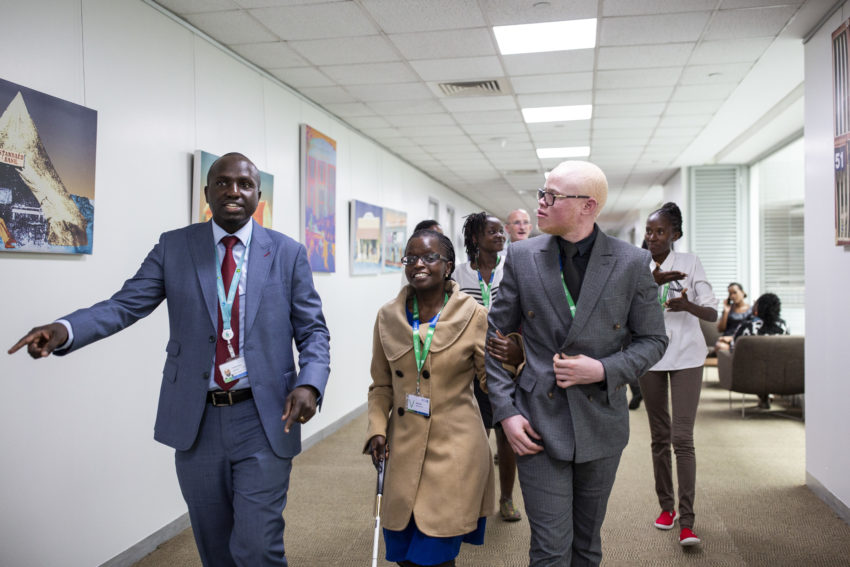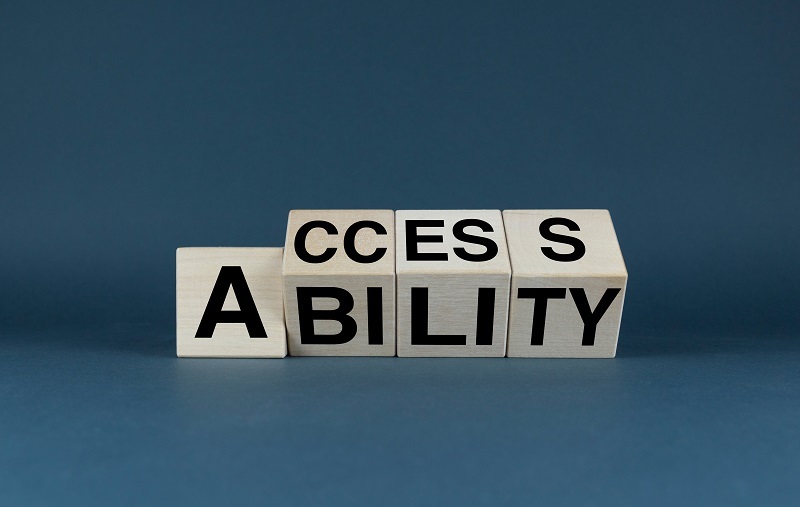Human resources managers play an important role in ensuring an organisation recruits a broad range of employees, including those with disabilities, on the basis of capability and potential. But when it comes to putting ideas into practice, the process can seem daunting.
Learn from people with disabilities
The best people to help you to recruit people with disabilities are people with disabilities – so make sure you’re learning directly from them. You could invite people with a range of disabilities at varying career stages to speak to you informally and ask “what would you do in my shoes to encourage more people with disabilities to apply?”, or “what should we be doing differently?”
The application process should also be guided by advice you receive from people with disabilities. Explain the recruitment process to candidates early on, so they can help you anticipate and remove barriers – for example enabling someone with a speech impairment to bypass a telephone interview.
A disability-confident organisation is one that embraces learning from people with disabilities.
Encourage applications
Many businesses and hiring managers are passionate about recruiting fairly, but struggle to attract a broader range of candidates. By offering a guaranteed interview to any applicant with a disability who meets your basic requirements, you can prevent jobseekers feeling discouraged before they even apply.
Get the message out that you wish to recruit persons with disabilities – whether it’s local radio, community centres or careers fairs – think creatively about where jobseekers might look. Utilise your existing staff by encouraging them to spread the word via their networks that candidates with disabilities are welcome.
Make applying accessible
Your adverts are no use if they are not accessible. Ensure all promotional materials around jobs are created in accessible formats like PDFs, use plain language and avoid jargon. Get people with a range of disabilities to do regular user testing and suggest improvements.
As a recruiter, avoid blanket exclusions, for example, assuming a deaf person could not do a certain role. Always ask yourself, if we were flexible and this person was given the right adjustments, could they do the job? Be adaptable with the levels of work experience and qualifications required – remember that many people with disabilities have been denied opportunities due to discrimination, not lack of ability.
Remember to ask each applicant “how can we make it easier for you to successfully navigate our process?” – and let them guide you.
Make reasonable adjustments
Give candidates the best shot at impressing you. Some will be disadvantaged by the traditional interview process, so be flexible when it comes to assessing whether an individual is right for the role. This could mean offering extended on-the-job interviews or job try-outs, giving the candidate practical opportunities to demonstrate their skills.
Ensure interviewers know where accessible toilets, drinking fountains and other key facilities are located. This will help to create a welcoming, barrier-free interview experience.
Tip: be prepared to invest in assistive devices for the successful applicant such as Jaws, Dragon, a Braille keyboard or a human aide such as a sign language interpreter.
Avoid interview pitfalls
It’s important interviewers feel confident communicating with a range of people and don’t feel daunted by doing or saying the wrong thing. Interviewing will vary between candidates, but here are some things to bear in mind:
- If you are talking for more than a few moments to someone in a wheelchair, try to position yourself at the same level. Ask if they would prefer you sit down.
- Before helping navigate the candidate’s journey to and from the interview, ask them how you may help – and don’t be offended if the offer is refused.
- Never touch or move crutches or push a wheelchair without the user’s consent.
- If the candidate is visually impaired, remember to introduce everyone present, stating where in the room they are.
- If the candidate lip-reads, maintain eye contact, speak clearly at a reasonable pace and do not cover your mouth.
Tip: Give unsuccessful applicants detailed feedback – this will help them to become more employable going forward.
Simon Brown is global technical lead for economic empowerment at Sightsavers and Susan Scott-Parker is founder of Scott-Parker International and business disability international.
Further reading: New disability toolkit helps businesses be more inclusive









